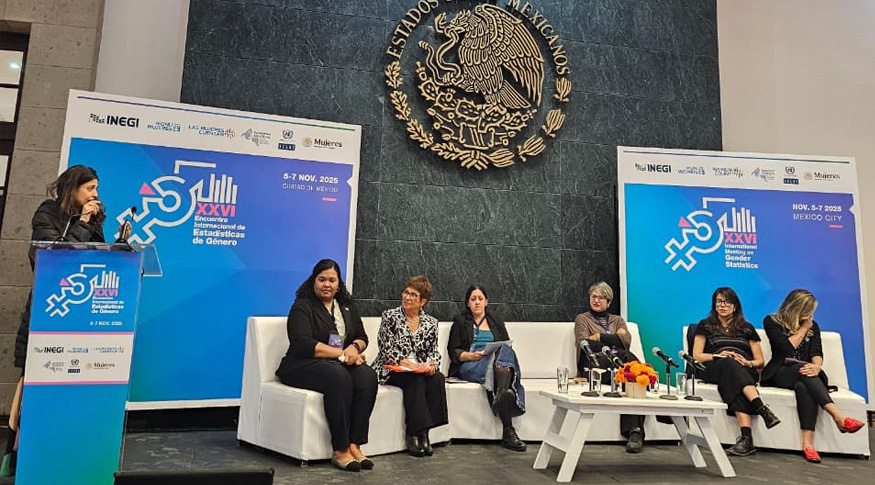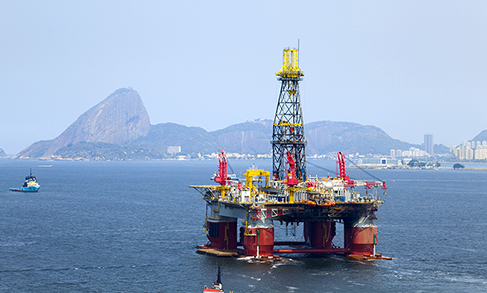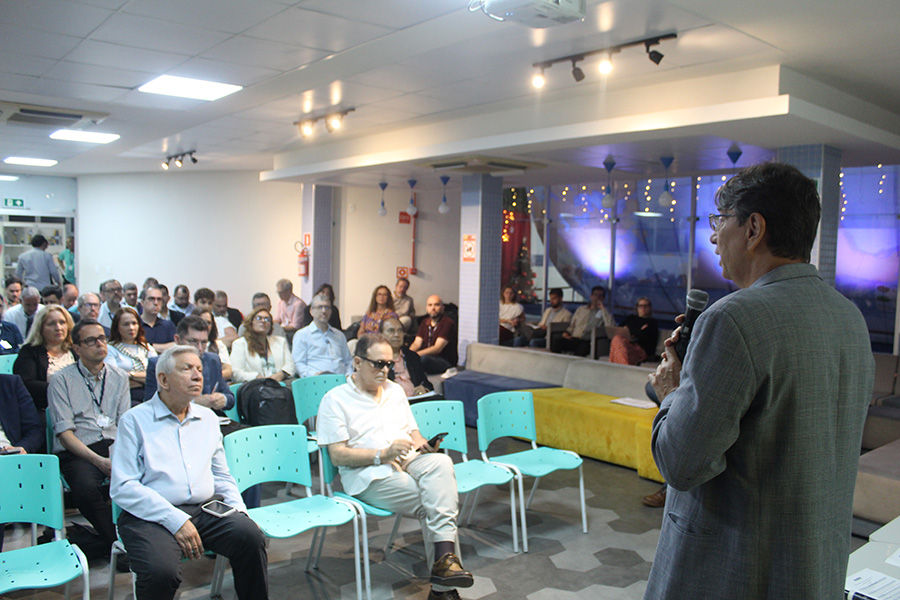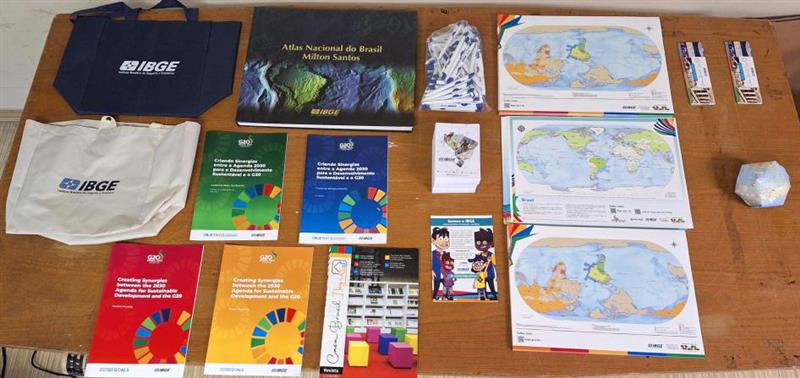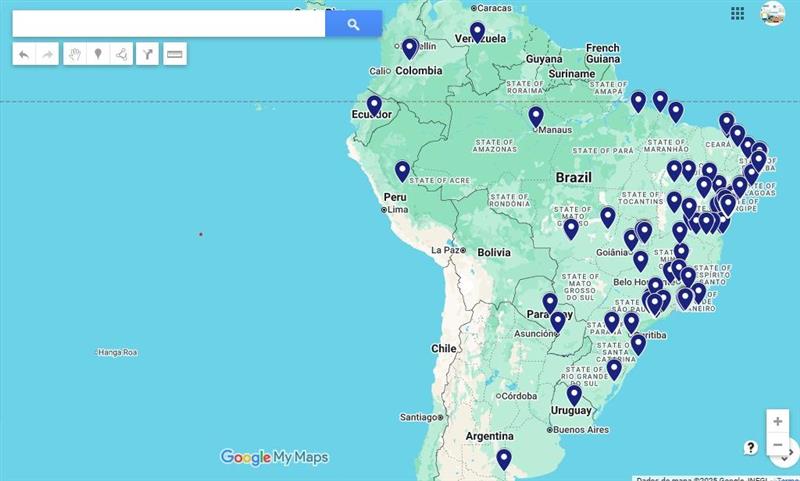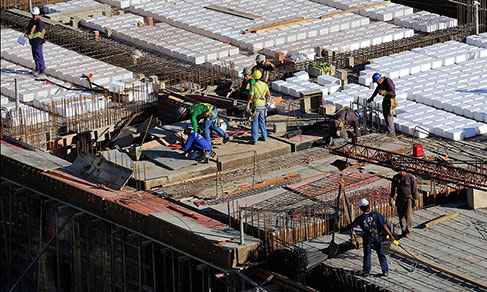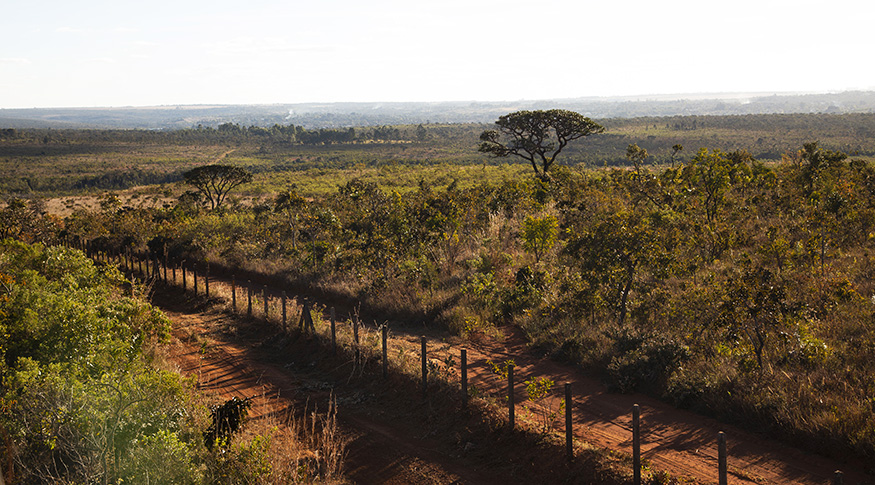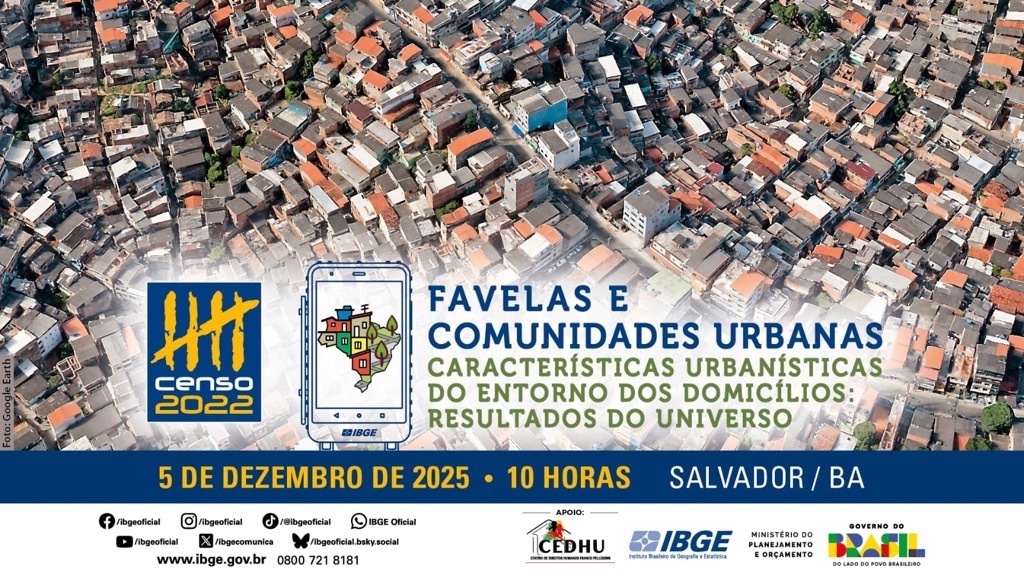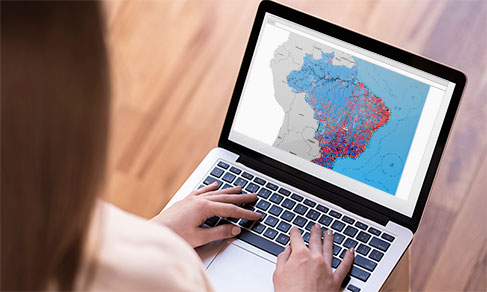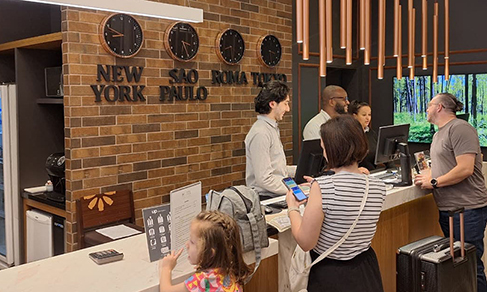Memory
An icon of Brazilian geography, Pedro Geiger turns 100 and prepares to launch a new book
May 22, 2023 10h00 AM | Last Updated: May 23, 2023 04h08 PM
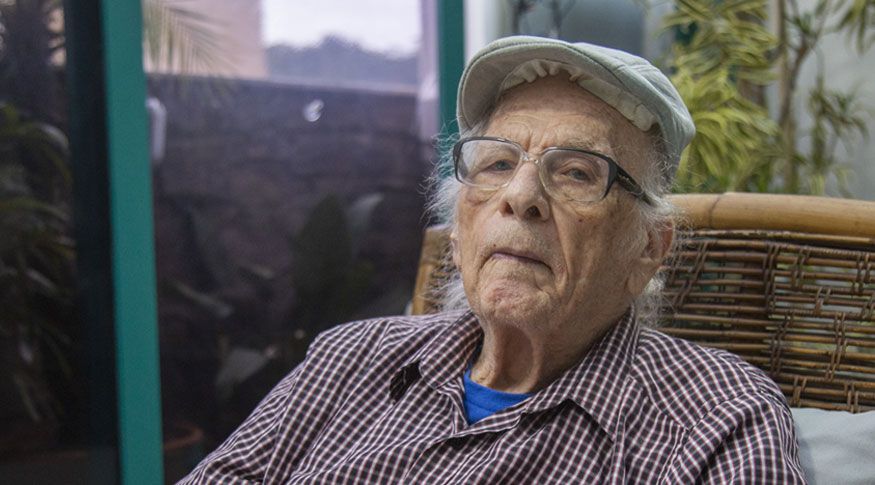
Geography is a science that deals with the study of physical, biological, and human aspects, and of their relations with the planet Earth. There are professionals, nevertheless, who transcend any superficial approach, and, from a unique perspective, build a transforming legacy in their working fields. That is the case of geographer Pedro Pinchas Geiger, who turned 100 years of age last March and remains active. The IBGE News Agency tells a little about the life story of this character that helped build the history of the IBGE, an institution that will celebrate its 87th anniversary newt Monday, May 29th.
Born in Rio de Janeiro, the son of Jewish immigrants and husband of 67 years of artist Anna Bella Geiger, with whom he had four children, Geiger is a reference in Geography, having published several relevant works in books, magazines, atlases, and journals since the beginning of his career, mainly in the fields of Human and Urban Geography. His professional history, by the way, is directly linked to the history of the IBGE. The geographer started working for the Institute in 1942, six years after the foundation of the Institute, having been invited by the French professor and geomorphologist Francis Ruellan, who was a consultant for the IBGE at the time. He stayed at the IBGE until 1984.
“The IBGE was my school, the place Where I grew as a geographer and the main place for my development,” says Mr. Geiger. He recalls that, originally, he had other plans for his professional life: “I wanted to be a doctor, but decided to study Geography so that I could pay for my studies.”
Right in his first expedition at IBGE service, in 1943, in Jalapão (which was then located in Goiás and now, in Tocantins), Geiger proposed a hierarchical classification of the cities in the region. That work has been revisited some times since, the latest in 2019 in the book “Jalapão ontem e hoje (Jalapão yesterday and today)”.
Geiger explains his trip to Jalapão was intended to finish a more precise map of Brazil, at the 1:1,000,000 scale. He was the only geographer in a group with a majority of topographers. “Ruellan asked me for a survey of the region. I took a compass, a barometer and an odometer to make notes and build this profile. He instructed us not to take measurements while moving, in order to avoid any unprecise results from the instruments. I followed that recommendation strictly, but the others didn’t. Little by little, as they did not stop so regularly, they got gradually further. I was very scared when I found myself alone in the middle of Jalapão. The I realized the donkey that was with me knew the way back I trusted him and all went well,” he says, laughing.

Pedro Geiger was a precursor of urban Geography and proposed a division of Brazil into three Major Regions: Amazon, Northeast and Center-South
“Geiger was an interpreter of its time, a precursor of urban Geography in the IBGE. Since his first work, about Jalapão, he has always focused on urban studies. He was able to interpret a country that was predominantly agrarian in the 1940’s, but already industrialized in the 1980’s. Without a doubt, Geiger was a pioneer in studies about urbanization and industrialization process in Brazil,” says Adma Figueiredo, manager of the IBGE’s department of Atlases and Representations of the Territory, who worked with the geographer.
The geographer participated in the first regional Division of Brazil, When he was in charge of São Paulo. He approached the state, for the first time, from the perspective of an industrial region. In 1967, he proposed a new division of the country (at the time Brazil was divided into North, Northeast, Central West, East and South), into three Major Regions: Amazon, Northeast and Central South. He considered not Only physical aspects, but also human, historical, and economic ones. This form of organization, into geoeconomic regions, facilitated the understanding of social and political relations in Brazil. According to Geiger, that was his main contribution to Geography.
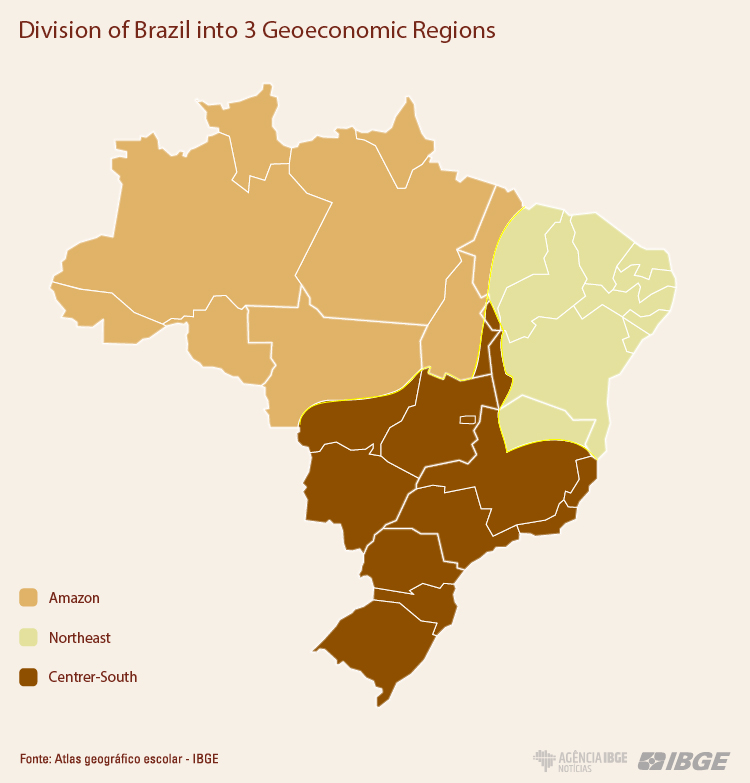
“Another important issue was his innovative view of classifying the state of São Paulo as part of the South region, to which it was connected by means of the Meridional Tableland, and have the state and its capital form a Major Region based on which it would be possible to understand the regional dynamics of Brazil in a connected way,” Ms. Figueiredo adds.
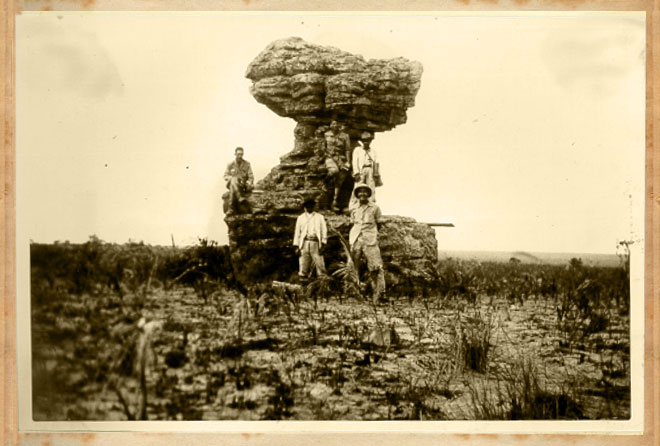
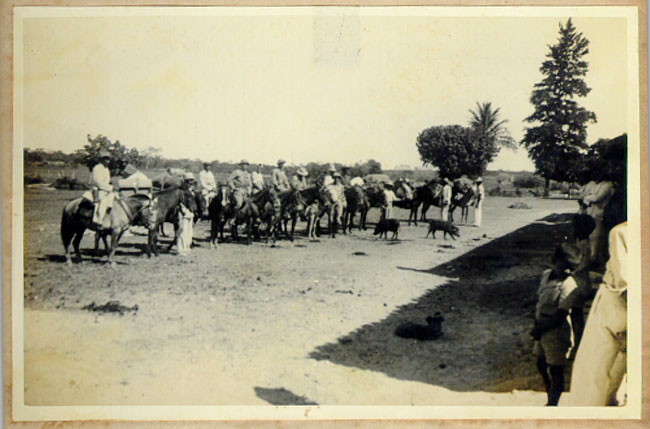
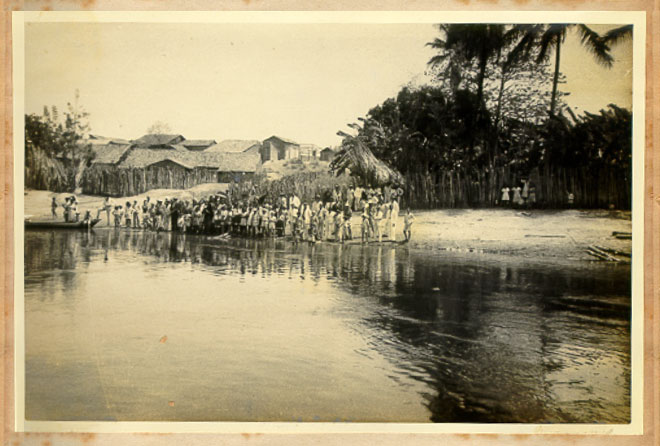
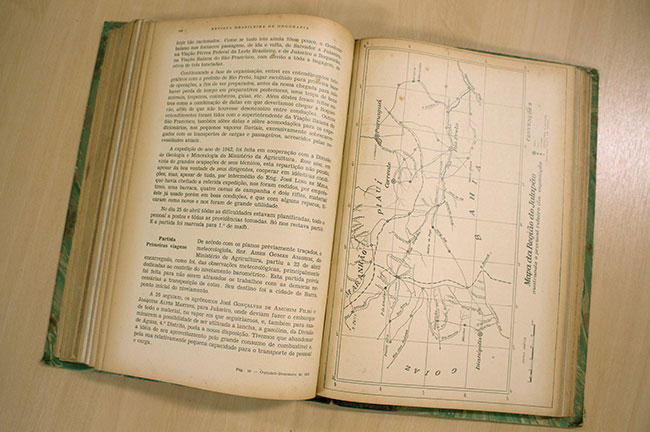
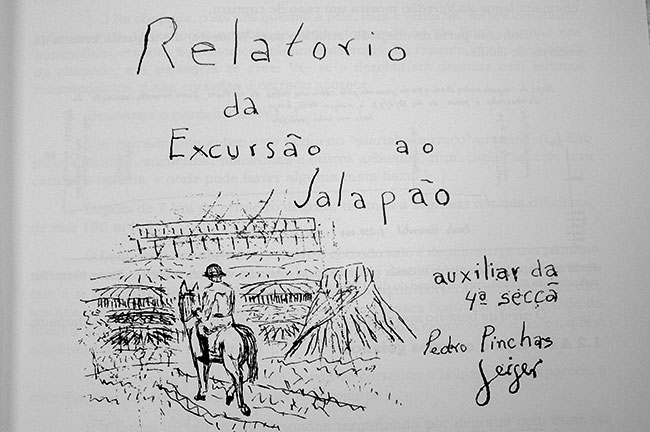
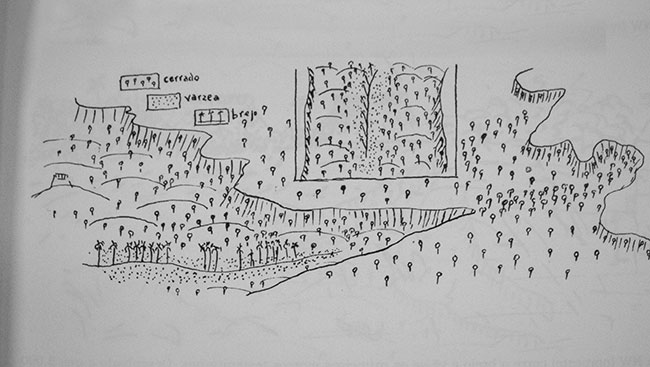
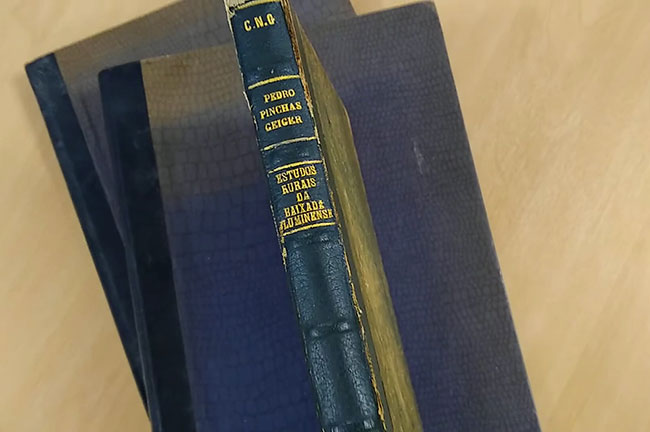
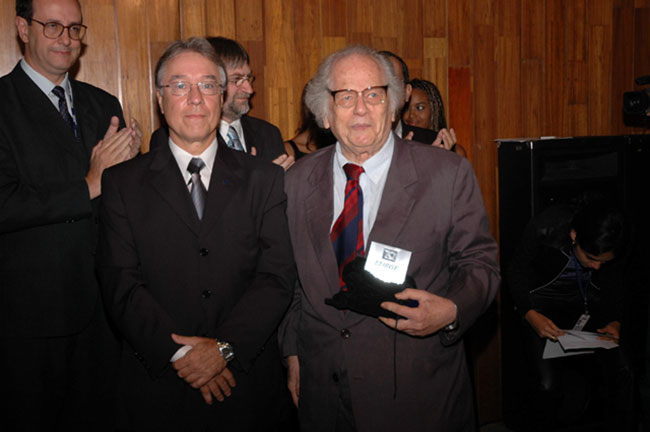
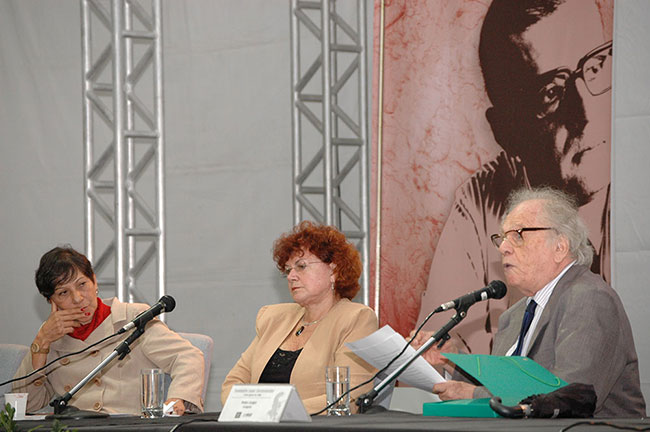
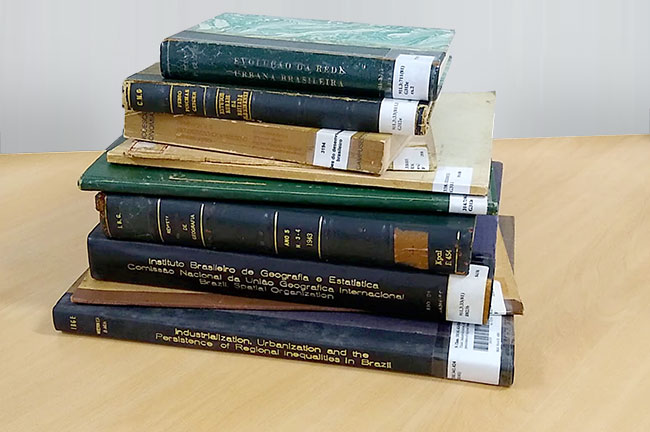
In an article with Fany Davidovich, Geiger made an alert about the disorderly occupation of the land in the northern shore of São Paulo
One of Geiger’s work that is an example of his distinctive view about not commonly discussed topics is the publication of an article for the Brazilian Journal of Geography, in 1974, about a movement into the land and the shore of Brazil. Written in partnership with another 100 year-old geographer from the IBGE, Fany Davidovich, the text entitled Reflections upon the Evolution of spatial structure in Brazil under the effect of industrialization alerted on the disorderly occupation of the land in the shore of São Paulo, as observed in the excerpt: “We see, therefore, that only nowadays will parts of the shore be subject to a more intense circulation on land, which should be an opportunity for the rational planning of land occupation, expecting the division of uses and environmental preservation." In February 2023, almost 50 years after the publication of the article, the topic was a highlight after the region was struck by heavy rain which resulted in destruction and deaths.
Maria Monica O´Neill, manager of the IBGE’s department of Regionalization and Typologies of the Territory, had Geiger as her first boss at the Institute and worked with him for five years. She calls attention to the impact of the geographer’s work in other areas: “He was daring, inquisitive, and was aiming at quantitative Geography. At that time, despite the mathematical knowledge available at the IBGE, very few people had experience using that in Geography. By chance, a colleague and I had that knowledge. Although we were just starting in Geography, Geiger became interested in our background. He was interested in new things, always paying attention to any characteristics of his team that could improve his work. The focus is not Only the urban or the economic aspect, his work encompasses many fields of Geography.”
The geographer also reflected upon the living conditions in the Baixada Fluminense area. “A work I like very much was that when I made a point that, differently from what was said at the time, the reason for the process of decadence of Baixada Fluminense had not been the abolition of slavery. In fact, the exports of Brazilian production remained increasing after the end of slavery. What led to the decline of the economic activity related to sugar was the change of production from sugar mills to sugar plants, and the subsequent concentration of the Northeast, in São Paulo and in the North of Paraná.”
First scholarship student in France, he was a visiting professor at Sorbonne
The relevance of Geiger’s studies had international repercussions. In 1946, he was the first scholarship student to study in France, where he worked for three years at the Sorbonne University. Besides a researcher within the National Council for Scientific Research and Development (CNPQ), he was a visiting professor in Brazilian and foreign universities such as UFRJ, UERJ, USP, University of Columbia (EUA), University of Texas (EUA) and University of Toronto (CAN). One of the articles he wrote, and one of his favorite, was released in the United States, in 2018, in the book Catastrophe and Philosophy. “That is a special work because it refers to philosophy. Science does not think about Science. It is philosophy that does that.”

The World and Brazil Nowadays, his new book, is expected to be released this year
With an unquiet mind, which seems to always be in Search of what no one can see, Geiger remains productive and full of plans for the future. He is currently writing The World and Brazil Nowadays, his new book, expected to be released in the second semester of this year. His work routine, of course, allows him to have fun at certain moments, either by having family gatherings, playing chess on the computer with friends and people from other parts of the world, besides his other great passion: the cinema.
Anna Bella Geiger says that her husband is a great cinema fan, and has even written texts about this topic: “He enjoys films very much. During the nouvelle vague period, he used to make interesting symbolic and philosophical analyses of films. He once wrote about David Lynch (American director of films such as Blue Velvet, Elephant Man and Wild at Heart) and we even met him here in Rio.”
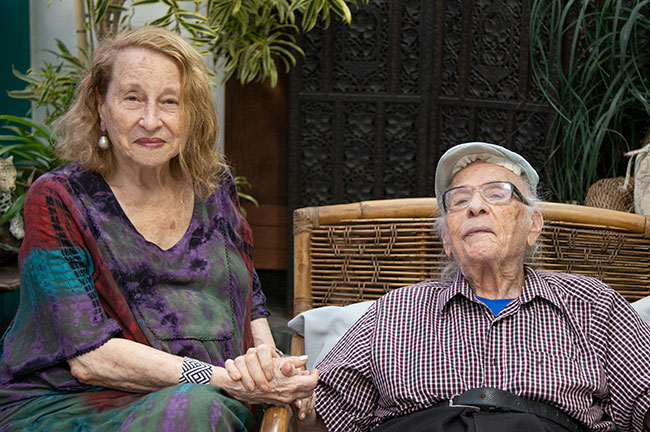
Just like Geography, the work of Pedro Geiger is renewed as each article or book is produced, always in tune with the changes in society. “Geography keeps moving, news things happen all the time. The world is being developed and that makes it possible to have a bigger production in this field,” he remarks.
For additional information about the geographer, visit the IBGE Institutional Memory website.


